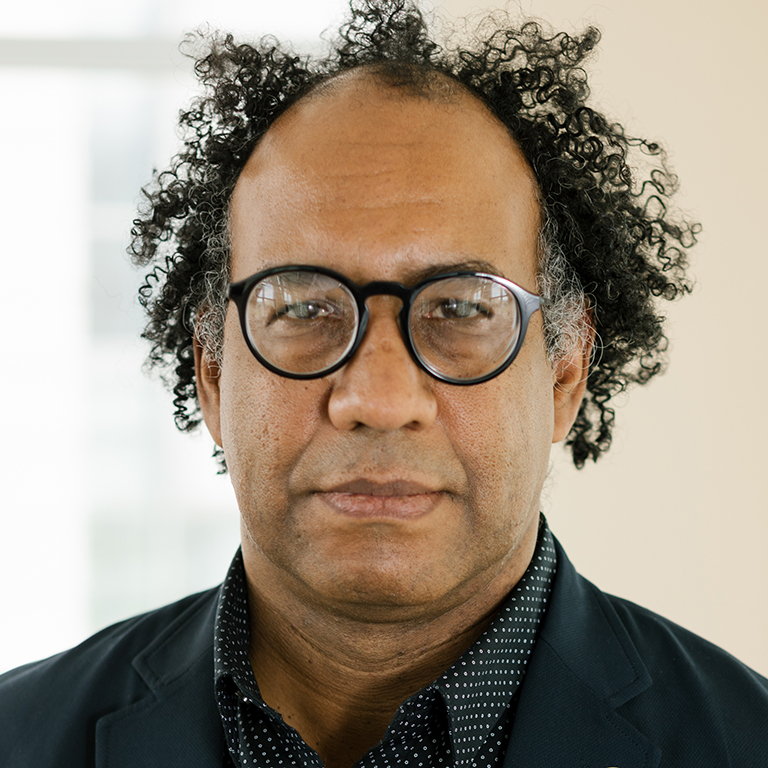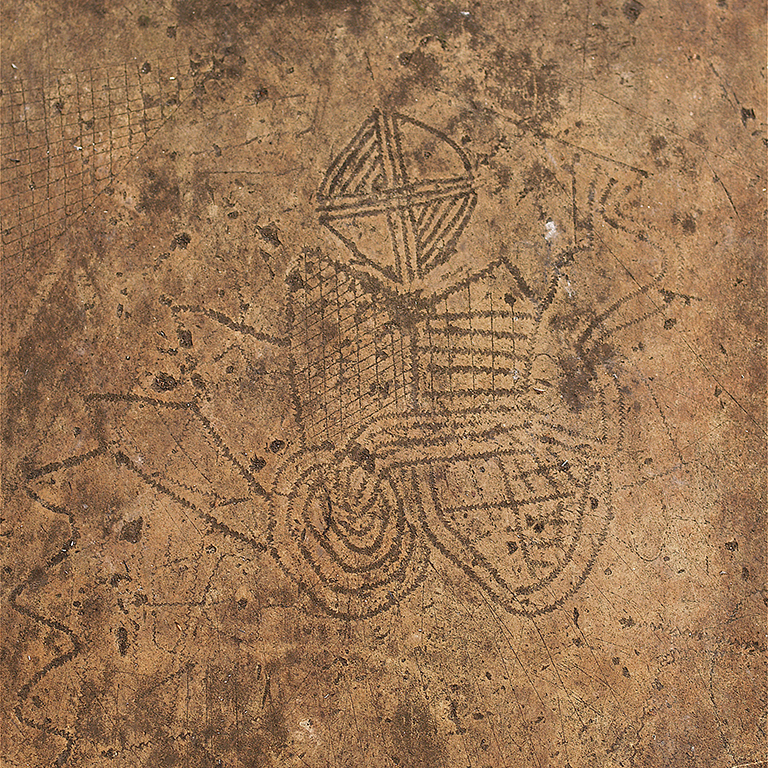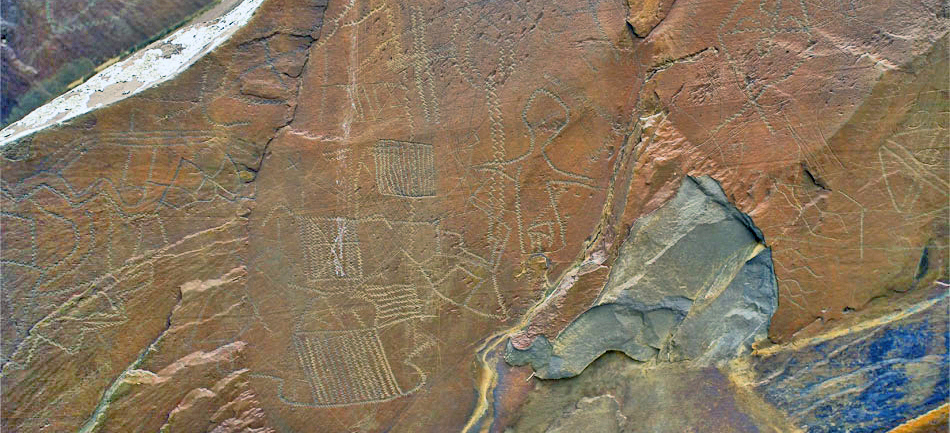Art historian Bárbaro Martínez-Ruiz studies the rich visual culture of the ancient Kongo kingdom, uncovering beauty, resiliency, and identity.
Last year Bárbaro Martínez-Ruiz became the first scholar to hold the Tanner-Opperman Chair of African Art, established to honor the late Indiana University art historian Roy Sieber, who was himself the first person ever to earn a Ph.D. in African art history (in 1957, from the University of Iowa). Sieber, who also served for many years as a curator at the National Museum of African Art, in Washington, D.C., is widely considered the founder of the discipline of African art history in the United States.






